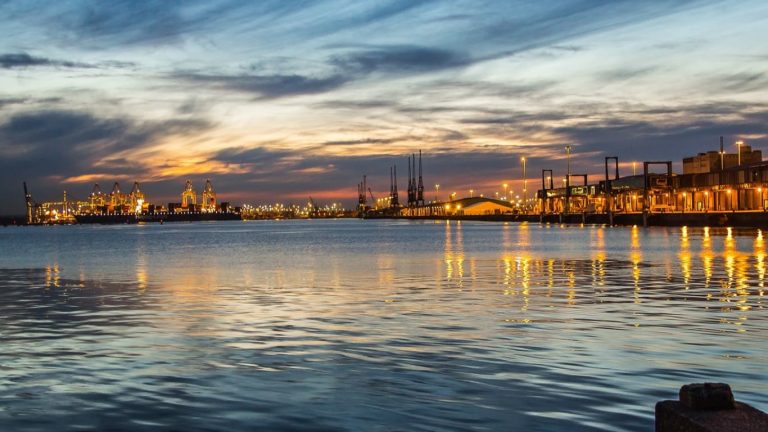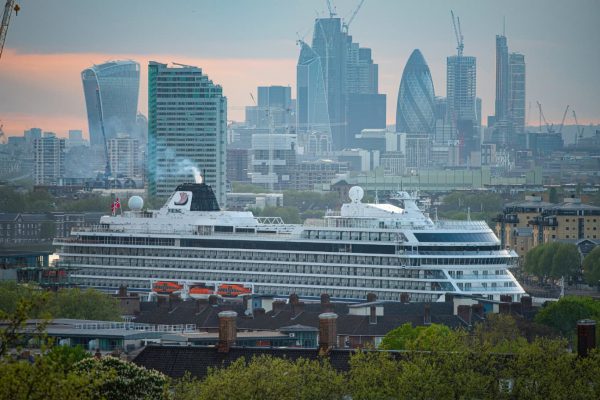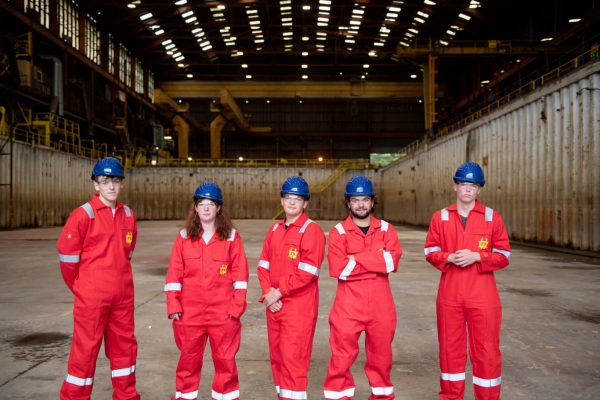The Port of Southampton is one of the busiest and most important ports in the United Kingdom. Located on the south coast of England, it has a rich history dating back to the Roman era and has played a significant role in the country’s maritime trade for centuries. Today, the port is a hub for cargo and passenger ships, with millions of people passing through its terminals yearly.
From luxury cruise liners to container ships and car carriers, the Port of Southampton is a bustling gateway to the world, offering a fascinating insight into global trade and travel. In this blog, we’ll take a closer look at the Port of Southampton’s history and significance and explore how it shapes the modern world.
History of The Port of Southampton
The Port of Southampton has a rich history dating back to the Roman era when it was known as Clausentum. The Romans used the port as a base for their invasion of Britain and established a settlement in the area. Over time, the port became a hub for trade and commerce.
10th Century
In the 10th century, the town of Southampton was founded, and the port played a vital role in the town’s development. The port’s location on the south coast of England made it an ideal gateway to continental Europe, and it quickly became a significant trade center.
Middle Ages
During the Middle Ages, Southampton grew as a trade centre, with wool and other goods being exported from the port. In the 14th century, the port was granted a royal charter, which helped to cement its status as an important port in the country.
16th and 17th Centuries
The Port of Southampton continued to thrive during the 16th and 17th centuries, with the growth of the British Empire leading to increased trade and commerce. The port became a major hub for exporting goods such as tobacco, sugar, and spices, as well as for importing luxury goods from around the world.
World At War
During World War II, the Port of Southampton played a crucial role in the war effort, serving as a base for the D-Day landings and as a key port for delivering supplies to Allied troops. The port suffered significant damage during the war but was quickly rebuilt and modernised in the post-war period.
Modern Day
Today, the Port of Southampton is one of the busiest and most important ports in the UK, handling millions of tons of cargo and thousands of passengers annually. The port has continued to modernise and expand in recent years, with new container terminals, cruise ship facilities, and other infrastructure projects helping to maintain its position as a vital hub for global trade and travel.
10 Facts About Port of Southampton
- The Port of Southampton is the second-largest container port in the UK, handling over 1.9 million TEUs (twenty-foot equivalent units) of cargo each year.
- The port is home to four cruise terminals and serves as a base for many of the world’s leading cruise lines, including Cunard, P&O, and Royal Caribbean.
- Southampton was the port of departure for the ill-fated Titanic, which sank on its maiden voyage in 1912. A memorial to the Titanic’s crew stands in the port, and visitors can take a tour of the nearby SeaCity Museum to learn more about the disaster.
- The port is located on the River Test, which is famous for its excellent trout fishing. Many anglers use the port as a base for their fishing expeditions.
- The Port of Southampton is home to the UK’s largest vehicle-handling terminal, which processes over 900,000 cars and other vehicles each year.
- The port is a major hub for importing and exporting fresh produce, including fruit, vegetables, and flowers. Southampton is the UK’s largest port for the import of bananas, handling over 700,000 tonnes of the fruit each year.
- The port has a long shipbuilding history, and many famous vessels have been constructed in Southampton.
- Southampton was the home port for the Mayflower, the ship that carried the Pilgrims to the New World in 1620. The city hosts an annual Mayflower festival to celebrate its role in the historic voyage.
- The port is home to the Solent Sky Museum, which showcases the history of aviation in the Southampton area. The museum is home to a collection of vintage aircraft, including several Spitfires and a Sunderland flying boat.
- The port is also home to the Southampton International Boat Show, one of the world’s largest boat shows. The event attracts thousands of visitors each year and features hundreds of exhibitors showcasing the latest boats and marine technology.
Future of Port of Southampton
The future of the Port of Southampton looks bright, with ambitious plans in place to continue its growth and development in the coming years. One major project currently underway is the construction of a new deep-water container terminal at the port, which will allow the port to accommodate larger container ships and increase its capacity for handling cargo. The new terminal is expected to be operational in 2023 and will significantly enhance the port’s competitiveness in the global container shipping industry.
Another area of focus for the port is the development of its cruise facilities, with plans to expand its existing terminals and build a new cruise terminal in the western docks area. This will allow the port to handle more and larger cruise ships, which will in turn, increase the number of visitors to the city and boost the local economy.
In addition, the port is investing in renewable energy infrastructure, with plans to build a new wind farm off the coast of the Isle of Wight that will generate clean energy for the port and surrounding area. This will help to reduce the port’s carbon footprint and support the UK’s transition to a low-carbon economy.
The Port of Southampton is well-positioned to continue its growth and success in the coming years, with a focus on innovation, sustainability, and meeting the needs of its customers and the local community. As a vital hub for global trade and travel, the port will continue to play a key role in the UK economy and the wider world.
_
The Port of Southampton is a fascinating and dynamic hub of global trade and travel, with a rich history and an exciting future. From its Roman origins to its crucial role in the D-Day landings and beyond, the port has been at the forefront of the UK’s maritime industry for centuries. Today, the port continues to innovate and evolve, focusing on sustainability, customer service, and meeting the changing needs of its users and the wider community. As the UK continues to navigate the challenges of the 21st century, the Port of Southampton will undoubtedly play a vital role in shaping the country’s economic and social landscape for years to come.




